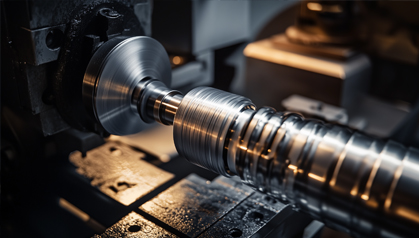Causes And Treatment Of Yellowing Of Polyurethane Foam
The oxidation yellowing of polyurethane foam has been a long-term problem for the foam manufacturers and polyol manufacturers. Many foam manufacturers, especially some high-grade foam manufacturers, try to improve the foam yellowing resistance by adding antioxidants and light stabilizers, but the effect is not significant. In this text, combined with the characteristics of polyols and foam production upstream and downstream, systematically analyze the causes of foam yellowing, and elaborate the corresponding solutions.
Generally, from the perspective of additives, sponge yellowing includes the following four types:
1. Thermal oxygen aging and yellowing caused by high temperature during sponge foaming/processing
2. Yellowing caused by exposure to nitrogen oxides (NOx) in the air
3. Fabric pollution caused by sponge
4. Yellowing of sponge caused by exposure to ultraviolet light
These yellowing are often directly related to antioxidants. In other words, the existence of antioxidants may have a positive inhibitory effect on some of the above yellowing, For example, the thermal oxidative aging yellowing caused by high temperature during sponge foaming / processing is inhibited by adding antioxidants; However, it may also play a negative role in promoting the occurrence of other types of yellowing. For example, amine antioxidants in contact with nitrogen oxides (NOx, mainly from automobile exhaust) in the air or ultraviolet rays can promote sponge yellowing; and antioxidant BHT is the main cause of fabric pollution.
Usually, polyol manufacturers will add a certain amount of antioxidants to polyols, the purpose of which is to ensure the safety of downstream foaming manufacturers in the process of using polyols.At present, the main type of antioxidant used by domestic polyether manufacturers is the compound antioxidant system of BHT and amine antioxidant or phenolic thiocyanide.A number of well-known international polyether manufacturers mainly use some hindered phenolic antioxidants with large molecular weight , and amine antioxidants.
As a sponge market manufacturer, when getting a polyol, in addition to the consideration of safety, cost and foaming performance, we rarely evaluate the influence of antioxidant system in polyol on sponge yellowing. However, this factor, which is often ignored by people, hides an important reason for sponge yellowing.
Usually in the ideal state, the antioxidant in polyols can play a role in inhibiting the aging and degradation of the polymer due to the high temperature caused by the foam itself in the sponge foaming process, which not only ensures the safe production in the sponge foaming process, but also effectively prevents the yellowing of the core part in the sponge foaming process.However, with the completion of sponge foaming, the residual antioxidant in the sponge is easy to cause yellowing problems in many sponges.
Our recommended sponge anti-yellowing solutions are:
1) Choose high performance polyether which does not contain BHT or amine antioxidants;
2) If you want to further improve the yellowing resistance, you need to:
• Improve the ability of sponge to resist yellowing under hot pressure
• At the same time, improve the ability of sponge to resist UV yellowing after hot pressing
In the previous:Main Uses Of PU Polyurethane Sponge
The next article:In 2021,the company optimize the website in both English and Chinese.










